Does your furnace fan utilize an ECM motor? ECM motors are a recent advancement in HVAC technology that is gaining popularity. First introduced by GE in 1985, ECM motors are an energy-efficient alternative to basic PSC motors. Though ECM motors are still considered an upgrade, they will soon be standard in all furnaces.
In 2019, the U.S. Department of Energy (DOE) mandated that furnace manufacturers utilize efficient EC motors over PSC motors in new units to unburden the electrical grid. According to the DOE, this move will save 3.99 quads of electricity and more than $9 billion in energy costs by 2030. Furnaces manufactured before 2019 with PSC motors can still be sold and installed.
What is an ECM motor?
An ECM (electronically commutated motor) motor is a brushless DC motor that uses electronic controls to regulate its speed, torque, or power output without external devices or sensors. EC motors differ from standard PSC (permanent split capacitor) motors, which only turn on and off at constant speeds.
How does an EC motor work?
An ECM motor relies on a microprocessor to calculate the motor’s speed and torque and maintain airflow. The factory programs ECM motors according to the model of HVAC equipment in which they are installed. They cannot be programmed in the field.
The manufacturer can program the motor to operate based on how the motor will be used. Motors can be programmed to maintain torque, airflow, or speed. For example, when a constant airflow or variable speed motor’s microprocessor senses increased torque due to higher static pressure, it increases the motor’s speed to create more airflow.
Magnets drive an ECM motor. The motor’s rotor is a permanent magnet, and a series of electromagnets or coils line inside the motor’s stator. The controller applies power to sections of the coil to energize it. The opposite poles of the rotor are attracted to the coil section, and the rotor rotates. Then, the next coil section energizes to draw the rotor and turn it. This process occurs along the coil’s areas again and again in quick succession to spin the rotor.
Types of ECM Blower Motors
According to their applications, ECM blower motors can be programmed to maintain constant torque, constant airflow, or constant speed.
Constant Torque
- Maintains the same amount of torque regardless of the static pressure in the HVAC system
- Increases power to maintain the same torque when the pressure increases
- Maintains better airflow than PSC motors when there are restrictions from dirty filters or ducts
- Commonly used in air handler blowers
- Can replace standard PSC motors
- More efficient and economical than other ECM motors
Variable Speed
- Also known as a constant airflow motor or a constant CFM motor
- Maintains the same amount of airflow regardless of the static pressure in the HVAC system
- Increases torque and speed to maintain the same airflow when the pressure increases
- Heating and cooling capacity is unaffected by dirty air filters or high demand
- Used in high-efficiency furnaces and air conditioners
- A true variable speed motor, unlike constant torque and constant speed motors
Constant Speed
- Also known as a constant RPM motor
- Maintains the same speed regardless of the static pressure in the HVAC system
- Increases torque to maintain the same pace if the airflow is restricted
- Typically used for AC condenser fans
Advantages of an ECM Motor
ECM motors are favored for their many advantages: variable speeds, energy savings, lower maintenance, longer lifespan, increased comfort, and better air quality.
Variable Speeds
ECM motors can vary their speed between zero and 100%. Speed adjustments can be permanently programmed into the motor or applied by the controller when it senses adjustments are necessary. Variable speed motors typically gradually increase until they reach a rate appropriate for the thermostat’s setting. They then decrease the speed gradually to a “soft stop” instead of stopping abruptly. This operation is more energy-efficient than running at full speed
Energy Savings
ECM motors are 65 to 75% efficient, depending on the output. PSC motors are about 45% efficient. The higher efficiency of ECM motors yields lower energy costs.
Lower Maintenance and Longer Lifespan
ECM motors contain true ball bearings that don’t require regular lubrication, the motors sustain less wear and tear due to the gradual acceleration and deceleration, and they are less likely to overheat. Because they are brushless, there are no brushes to wear out or spark. ECM motors have longer lifespans, about 90,000 hours or ten years of service, versus PSC motors, which provide 50,000 hours or eight years of service.
Increased Comfort
ECM motors run longer cycles at lower outputs to maintain consistent temperatures, avoid sharp increases and decreases in temperature, remove humidity, and prevent temperature stratification.
Better Air Quality
HVAC systems filter household air while they run. ECM motors’ longer cycles bring about more extended periods of air filtration that provide better air quality.
Disadvantages of an ECM Motor
Although ECM motors are superior to PSC motors, they have some disadvantages. The top drawback is the cost. According to Home Guide, an ECM blower motor costs $600 to $1,500, while a PSC blower motor costs $300 to $1,100.
Additionally, the motor’s complexity increases the chances of something going wrong. If any part of the motor fails, the entire HVAC system will be down until the motor is repaired or replaced; the issue can’t be bypassed to keep the system running. EC motors are programmed at the factory, so they can’t be switched out with a new one off the shelf. The HVAC system will be inoperable until another motor is ordered, delivered, and installed.
ECM Motor vs PSC Motor
PSC motors are simple alternating current motors. Their chief advantage is their affordability. PSC motors are single-speed and not programmable. Because PSC motors are designed to run at a constant speed, energy consumption is continuous and inefficient. Overall, PSC motors consume more watts of electricity than ECM motors.
PSC motors don’t perform as well as EC motors. PSC motors can handle a limited amount of static pressure because the power output, torque, and speed are not adjustable. As static pressure increases, the motor’s performance decreases. PSC motors are noisier and bad at managing humidity.
ECM Motor vs Variable Speed
A variable speed motor is a type of ECM motor known as a constant airflow motor. Variable speed motors can adjust their speed based on the HVAC system’s static pressure to maintain continuous airflow and consistent temperatures.
Upgrading to a Furnace with an ECM Blower Motor
The significant advantages of ECM motors make upgrades worthwhile. Your blower motor consumes substantial energy compared to other HVAC system components. An energy-efficient ECM motor can considerably reduce energy costs while providing increased comfort and better air quality. In addition, ECM motors are lower maintenance, quieter, and have longer lifespans than basic motors.
ECM motors have a few disadvantages, such as increased cost and longer downtime if they break down. Still, because of the DOE’s mandate that manufacturers install ECM motors in new furnaces, consumers won’t have an option for much longer.
Frequently Asked Questions
Are all ECM motors variable speed?
No, not all ECM motors are variable speed. Blower ECM motors are typically variable-speed motors, but blowers can also utilize constant torque motors with five speeds. Condenser ECM motors maintain a fixed speed and can vary the torque.
What blower motor do I need?
The faceplate on your old blower motor lists a model number that can be used to find a replacement. If you can’t find a replacement model that matches the old model’s number, you can use a universal motor with the same HP, RPM, amps, voltage, speed, and shaft size.
Where is the blower motor on my furnace?
The blower motor is typically located in the lower portion of the furnace cabinet next to the air filter.

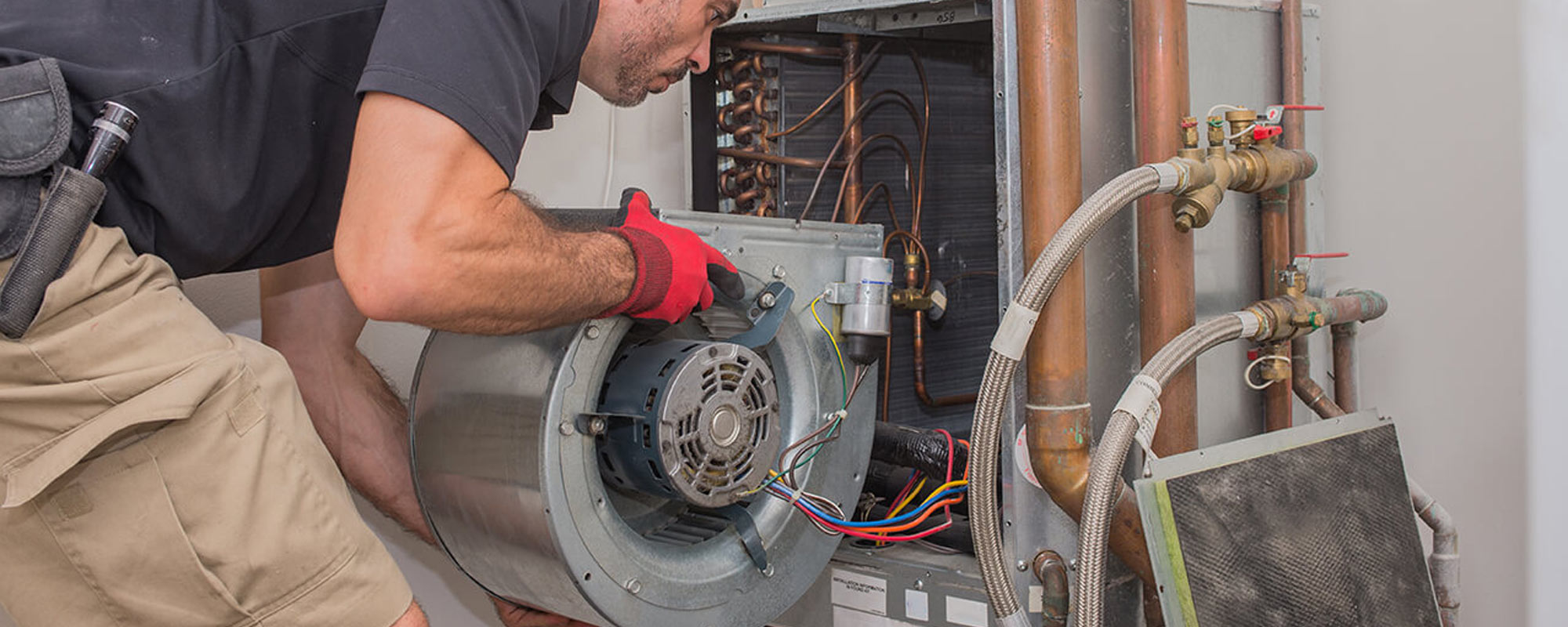
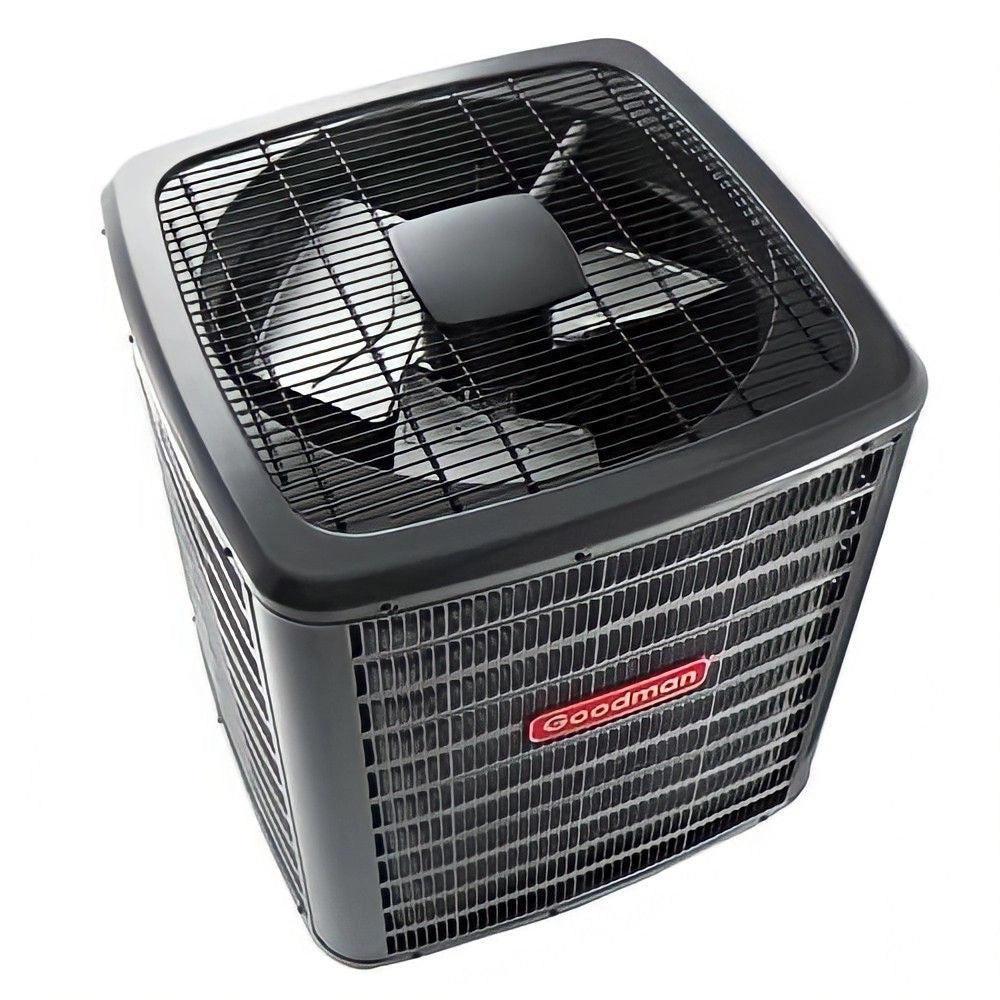
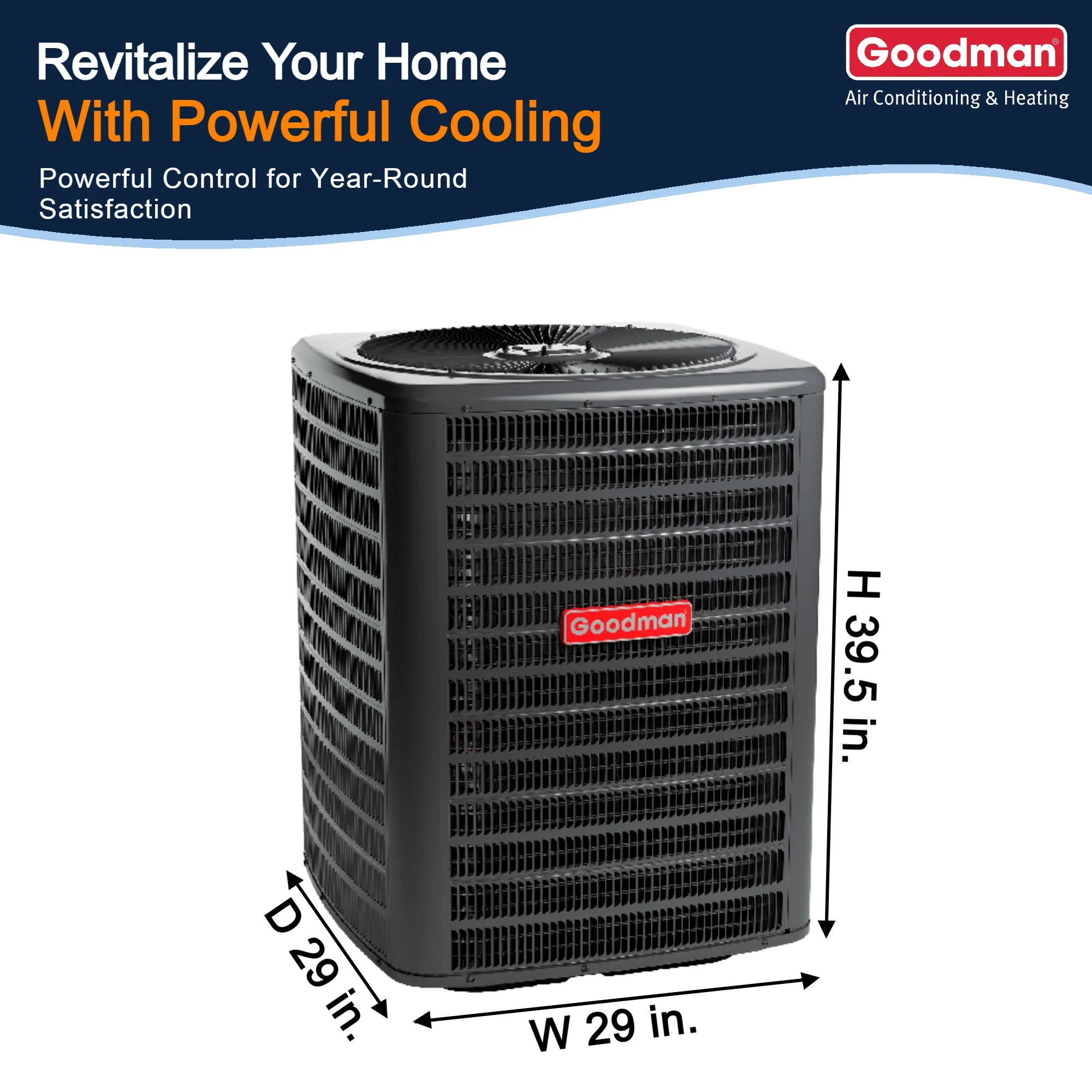
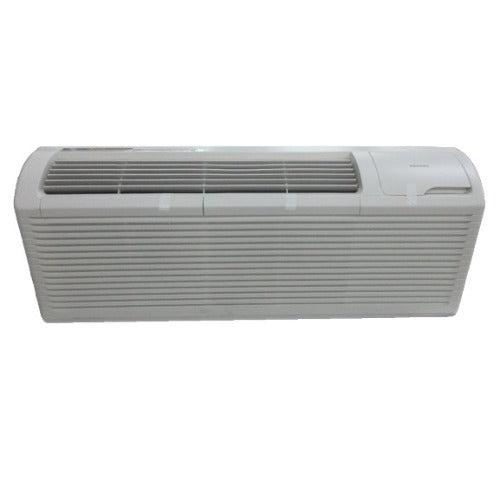
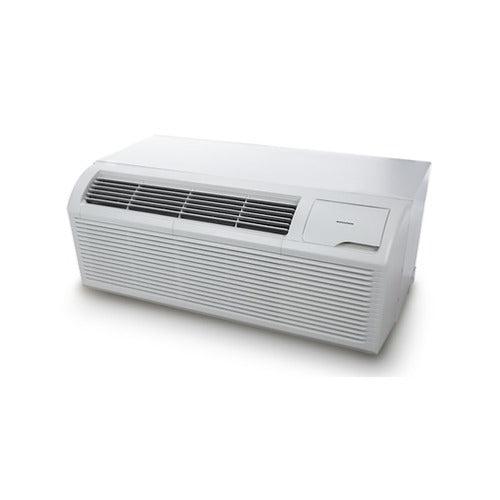
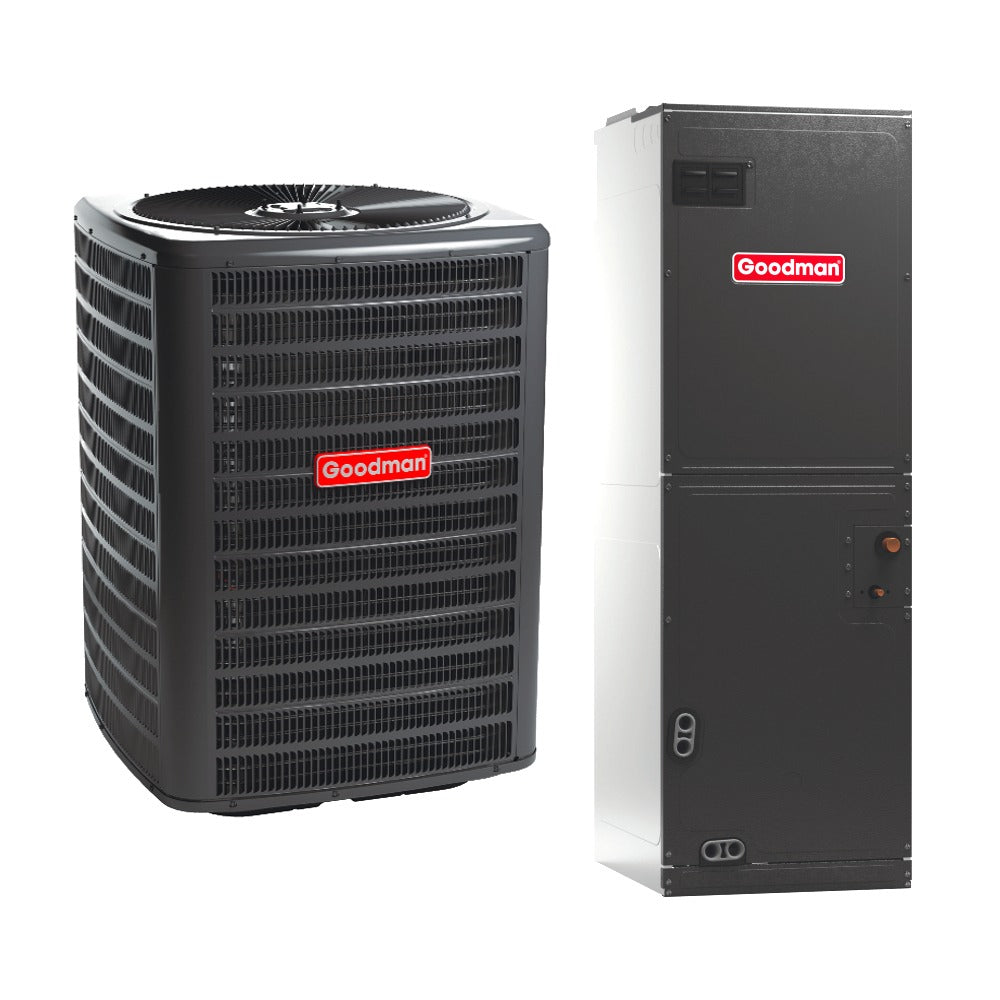
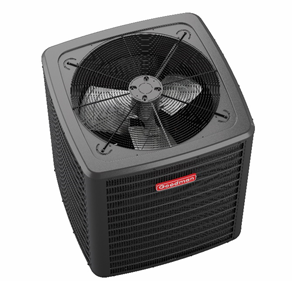
11 comments
Tom
I do embrace the technology in these motors, the permanent magnet rotor design as well as the roller bearings, and the soft start and stop control is nice too. But the motor itself on our (major brand) furnace sounds like a vacuum cleaner running in the next room. Not a big problem through the day but irritating at night. “Normal” is what we were told. Sure miss the old larger slower speed AC motor blower in our old furnace, trouble free for 25 years.
PB
I had a top of the line bryant furnace and ac installed in 2008. Furnace main logic board on the furnace needed to be replaced within 6 years. Coil in 2014. The typical capacitor fail on the condenser, twice.
The motor’s controller board failed on the coldest day of the year in 2022. The original installer wanted to replace the whole furnace at that point, but it was going to be days before it could be done and of course VERY expensive. After they left, I removed the blower assembly, pulled cap off the motor and and inspected the circuit board. I found a burned inrush resistor on that board. Luckily I could still read the part number. Ordered a replacement from DigiKey, and had the unit back up and running again for a $2.50 part and $30 to ship it overnight.
This week, the high limit switch stopped operation. Tech says the the heat exchanger is cracked and leaking, causing the box to get too hot. While its probably under warranty, they would likely charge $1500 labor to replace it – and they’ll have to remove and reinstall about everything in the cabinet to complete the job.
Charles
Can someone elaborate on the high static issue causing premature failure of ECM motors? I believe a higher static would cause the fan wheel to drop in air flow ( according to its specific fan curve ) thus reducing required motor horsepower. Is a ECM adjusting for the static automatically? Or is the issue that startup techs are failing to check the actual air flow and the motors are being overloaded due to excessive fan speed settings?
Bill cotten
Fan motors are very low power draw motor and can’t make that much difference in the power consumption by going to the ECM motor. It surely takes more energy to build all these ECM motors that fail. It only aids the manufacturer and the technician that repairs and replaces them. There is no way to replace the parts in the control head of the motor. If they would just make those plug in components and replacement available then it may be an energy saving device. There are too many listed with a problem of will not turn off which mean it is in the electronic circuitry of the motor and this could be eliminated by making these components replaceable. Another case where the industry got with the government and got to pay off. Thanks for listening!!!!!
Ed Robinson
Jim Moore
the information provided on ecm blower motors was very helpful in describing these types of motors-thank you for making it available
Warren Yates
As with everything that the government mandates it is a lie I have had 2 Carrier units with ECM motors. I have had to replace both. This after just 5 years. Never had to replace a blower motor ever.
Andrew Johnson
ECM motors mainly fail from the duct static pressure being too high (ducts too small) for the ECM. When hvac companies sell a newer system with an ECM blower motor, they all don’t perform a static pressure test, which will dictate how much air can move through the ducts measured in cubic feet per minute. This will also determine the capacity (tons) of the air conditioner or furnace btu’s. Most hvac companies replace like for like size. If they offer to do it right by performing a load calculation and a static pressure test, they’ll price themselves out of the sale to the customer. Other comments are correct though. Appliance are made with planned obsolescence and extended warranties don’t exceed 10 years, so why make them last longer?
Scott
We have a 2002 Comfortaire FAG Furnace, 92.3% efficient. 4-ton blower, 75,000 BTU input, 69,400 BTU output. It has a PSC Blower motor that is 3/4HP. Just 2 years ago, the GE PSC Motor started to rumble and rattle. I found the sleeve bearings were worn. I replaced the Motor with a Century brand with ball bearings. Cost me around $200. DIY. The condensate trap I also had to replace due to a crack in the plastic. Here we are in 2024 and this Furnace is still working perfectly. Even the hot-surface ignitor is original. It does have Stainless steel Heat Exchangers which should extend the life.
Now for my Neighbor: He had a super high-efficiency Lennox Furnace installed. It has tons of sensors and intelligence. Well, the Service Company seems to be at their House a lot. The ECM Motor has failed twice, some sensors, the Computer board, and the list goes on. They even had to upgrade the existing ductwork because the Furnace was unhappy. We currently have 15 degree F. weather right now and they are without heat again. They can’t get a Tech out this weekend so it’s bad for them.
I love this article but we like the reliability of our Furnace, even though it eats more energy than We’d like from the Blower Motor.
JC
Everything is now more complicated and costs at least 3x-5x than say 20 years ago. All for the sake of energy efficiency. THIS IS COMPLETE BS. Old simple gas-fired water heaters lasted an average of 20 years, you’re lucky to get 5 years out of a modern “energy star unit”. WHERE is the efficiency, and energy savings, if you have to replace the appliance more often. I replaced a $1500 brand new dishwasher for a $50 old Maytag on Craigslist, because the new unit kept breaking down and you need a computer-science degree, or expensive diagnostic equipment to get it running again. This is TRUE of just about EVERYTHING today: household appliances, home furnace and a/c units, cars, etc. I now purposely ONLY buy products that are NOT energy-star because of this.
wyane
I say BS. I have a Rudd system and in 6 years the ECM motor has gone out twice so it doesn’t last longer. It’s junk compared to the older motors and I use to have a unit that last 15 years and never had to replace the fan.